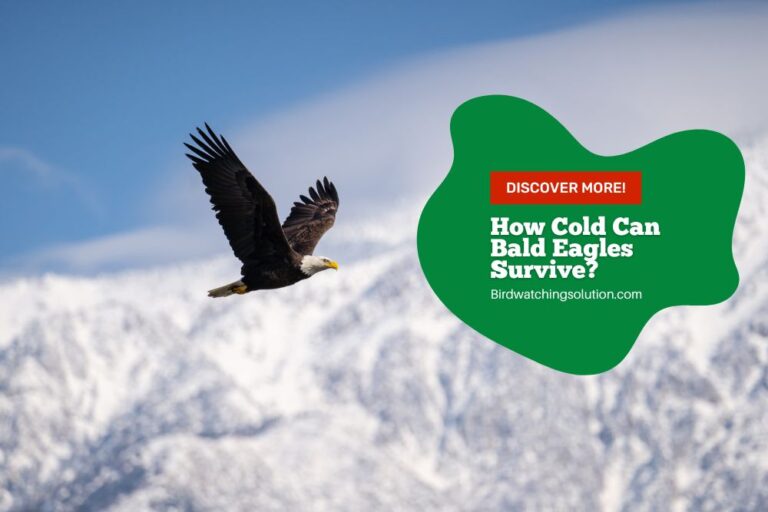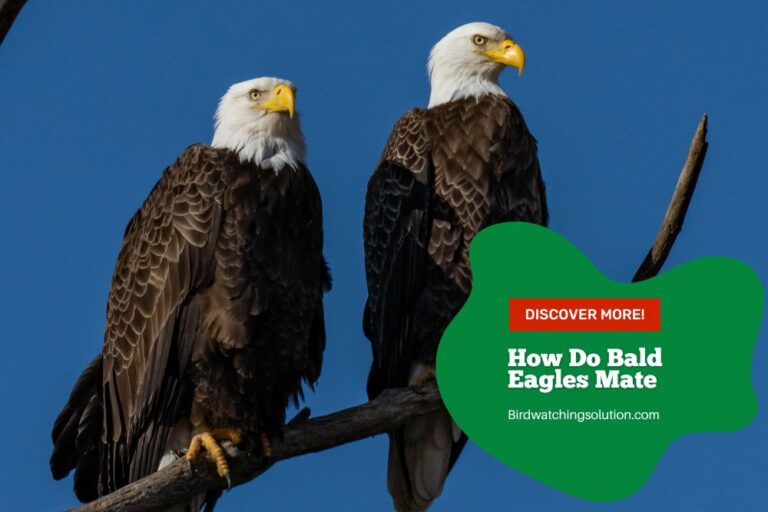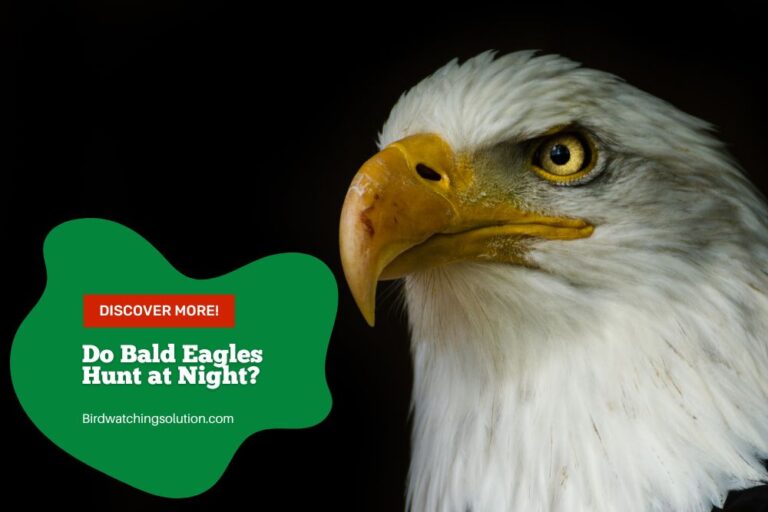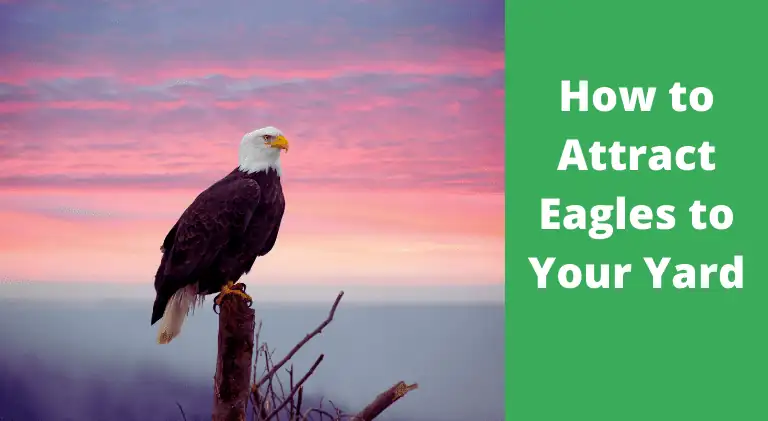Do Eagles Recognize Their Offspring? Unraveling the Bond
When majestic eagles take flight, the world watches in awe. These powerful birds of prey have long captivated our imagination and stirred our curiosity.
But amidst their soaring flights and remarkable hunting skills, one question lingers in our minds:
Do eagles recognize their offspring?
The answer is a resounding yes. Eagles demonstrate remarkable parental care and exhibit behaviors that showcase their recognition of their young. From the nest-building process to the shared responsibilities of both parents in raising their chicks, eagles forge deep connections with their offspring.
As we delve into the captivating world of eagle family dynamics, we will explore the fascinating mechanisms behind offspring recognition.
Discover how vocalizations, visual cues, and feeding rituals contribute to the unique language of eagles.
Uncover the role of experience and memory in strengthening the bond between parent and chick. Let’s keep on reading without breaking the momentum!
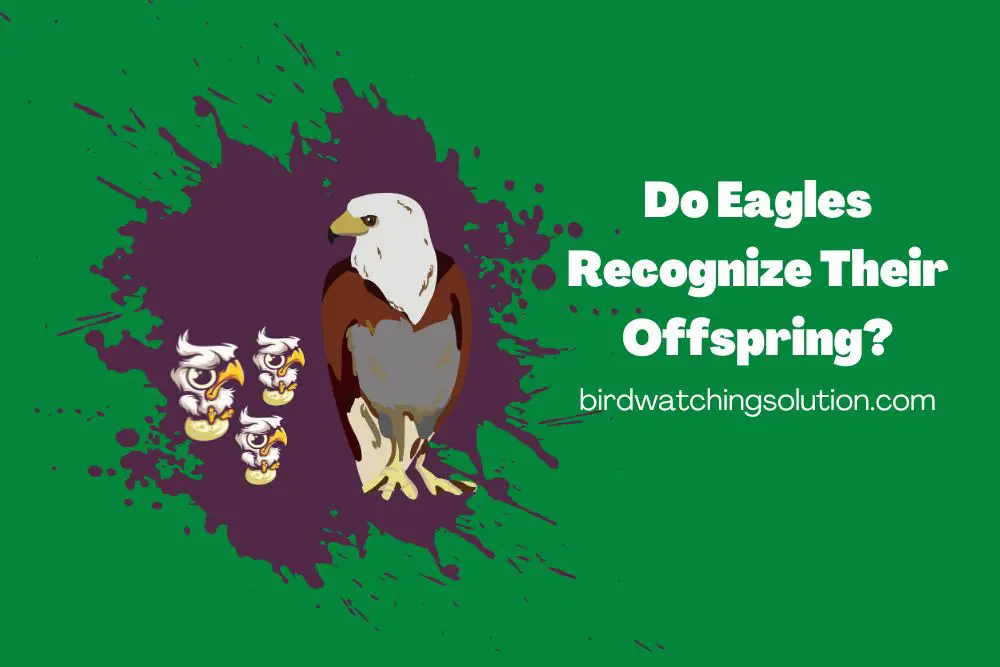
Understanding the Eagle Family Dynamics
Eagles are known for their strong family units and intricate social structures.
Within an eagle family, also known as an eyrie, several key elements contribute to the dynamics and functioning of the group.
The following table provides a quick overview of the different stages of an eagle’s life:
| Stage | Description |
|---|---|
| Egg | The starting point of an eagle’s life cycle |
| Incubation | The period when the eggs are kept warm and protected |
| Hatching | The moment when the eaglets break free from their shells |
| Nestling | Eaglets that are still reliant on their parents for care |
| Fledgling | Young eagles that have left the nest and started flying |
| Juvenile | Immature eagles transitioning to adulthood |
| Adult | Fully mature eagles capable of breeding and hunting |
The Eagle’s Nest: A Secure Haven
The eagle’s nest serves as the epicenter of their family life. It is meticulously built by the female eagle using a combination of sticks, branches, and soft materials such as grass and feathers.
Positioned high in a tree or on a cliff ledge, the nest provides a secure haven for the eagle family. The nest is often large, sturdy, built over several years, and continuously maintained.
Its strategic location offers protection from predators and adverse weather conditions, ensuring the safety and well-being of the offspring.
The Mating Rituals of Eagles
Eagles engage in elaborate mating rituals that strengthen the pair bond between males and females.
These rituals often involve impressive aerial displays, with the eagles soaring together, performing acrobatic maneuvers, and engaging in synchronized flights.
These displays showcase the eagles’ strength, agility, and compatibility as potential mates.
The pair establishes a strong foundation for their future family life through these rituals.
The Role of Both Parents in Raising Offspring
Eagles exhibit biparental care, unlike other bird species, where only one parent raises the offspring.
The male and female eagles actively nurture and raise their chicks. The female eagle plays a crucial role in incubating the eggs, maintaining the nest, and providing initial care to the hatchlings.
Meanwhile, the male eagle supports the female by bringing food to the nest and sharing in the incubation duties.
This shared responsibility ensures the survival and well-being of the chicks and strengthens the bond between the parents.
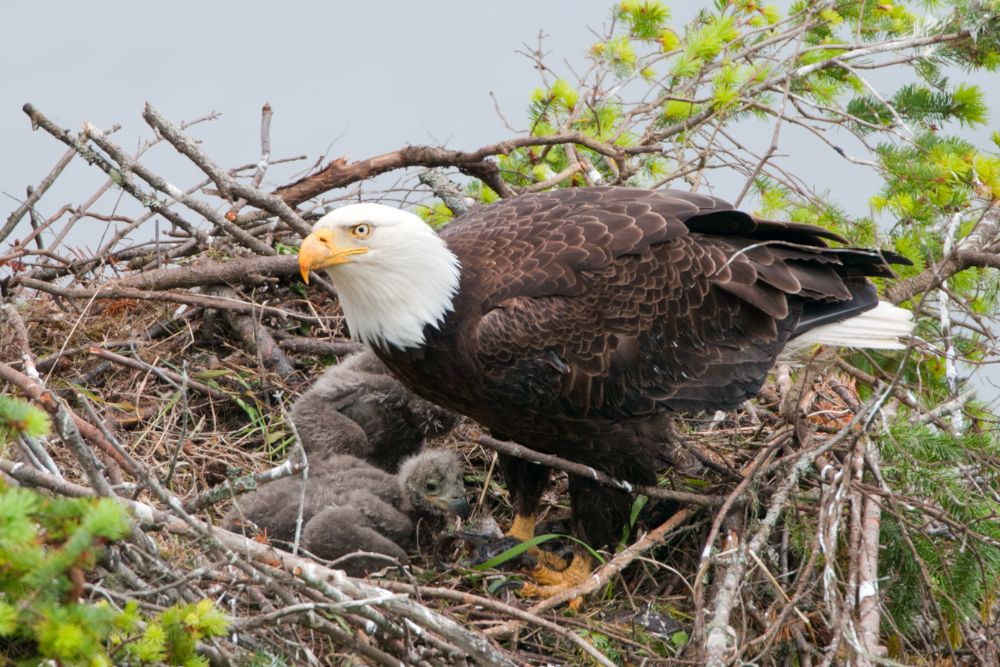
Do Eagles Protect Their Babies?
Eagles are known for their exceptional parental care and dedication to protecting their offspring.
Both the male and female eagles actively safeguard their babies throughout their early stages of life.
Once the eggs are laid, the female eagle incubates them.
During this period, she ensures the eggs receive the necessary warmth and protection from the elements.
The female eagle carefully regulates the temperature by adjusting her position on the nest and utilizing her feathers to shield the eggs from cold or extreme heat.
The male eagle is crucial in protecting the nest and defending the offspring. He remains vigilant, watching for potential threats and intruders.
If a predator or intruding bird approaches the nest, the male eagle will engage in defensive behavior, such as vocalizing loudly, swooping down towards the intruder, or even physically attacking to deter them and safeguard the nest and the young.
Both parents continue their protective efforts once the eggs hatch and the eaglets emerge.
They provide constant care, including feeding, sheltering, and teaching the young eaglets essential skills for survival.
The parents remain attentive, ensuring the nest and the surrounding area is secure from potential dangers.
Eagles’ protective instincts and actions are vital for the survival and well-being of their babies.
Their commitment to ensuring the safety and nurturing of their offspring underscores the remarkable bond and dedication within Eagle family units.
How do Eagles Take Care of Their Babies?
Eagles are renowned for their exceptional parental care, which plays a crucial role in the survival and development of their offspring.
Understanding the various aspects of their parental care can provide valuable insights into the fascinating world of these majestic birds.
The Female Eagle’s Nest-Building Process
The nest-building process of female eagles is a remarkable feat of instinct and meticulous construction.
Using a combination of sticks, branches, grass, and feathers, the female eagle creates a sturdy and well-insulated nest.
This elaborate structure is a secure haven for incubating eggs and raising hatchlings.

Incubation: The Vital Role of Warmth and Protection
Incubation is a critical stage in the life cycle of an eagle.
The female eagle assumes the primary responsibility of incubating the eggs, providing the vital warmth and protection necessary for the development of the embryos.
During this period, she carefully regulates the temperature by adjusting her position and the coverage of her feathers.
This ensures the ideal environment for the growing embryos, promoting their healthy development and increasing their chances of survival.
The Male Eagle’s Duties During Incubation
While the female eagle takes the lead in incubation, the male eagle actively supports her during this critical phase.
His role includes providing food for the female, relieving her briefly to allow her to stretch and exercise, and guarding the nest against potential threats.
This shared responsibility showcases the cooperative nature of eagle parenting and the strong bond between the male and female.
Hatching: A Miracle Unveiled
The moment of hatching is a wondrous event in the life of an eagle. After a period of incubation, the eggs crack open, and the eaglets emerge into the world.
Witnessing this miracle unveils the start of a new generation filled with potential and promise.
The hatching process itself is a combination of instinct and physical effort, as the eaglets use their egg tooth to break free from their shells.
Here are the duties of both male and female eagles when taking care of their young eaglets
| Duties | Female Eagle | Male Eagle |
|---|---|---|
| Nest Building | Constructs and maintains the nest | Assists in nest maintenance and repairs |
| Incubation | Primary responsibility for incubating the eggs | Provides food for the female during incubation |
| Feeding | Regurgitates food to feed the eaglets | Brings food to the nest for the female and young |
| Protecting | Guards the nest and defends against intruders | Keeps watch and assists in defending the nest |
| Teaching | Guides and instructs eaglets in hunting skills | Demonstrates hunting techniques and behaviors |
| Nurturing | Provides warmth, protection, and care to eaglets | Shares in providing warmth and care to eaglets |
| Fledging | Encourages and assists in eaglets’ first flights | Supports and monitors eaglets during fledging |
How Do Eagles Keep Their Babies Warm?
Eagles, including bald eagles, have remarkable adaptations to keep their eggs warm and ensure the survival of their offspring.
One key mechanism they utilize is the brood patch—a patch of bare skin on the eagle’s breast. The brood patch is rich in blood vessels and is a direct source of warmth.
When the eggs are covered, the eagle can roll, wiggle, and tuck them against its brood patch, allowing for direct contact between the warm skin and the eggs.
This contact enables heat transfer from the eagle’s body, which typically maintains a temperature of around 105 degrees Fahrenheit (40 degrees Celsius), to the eggs.
By pressing the brood patch against the eggs, the eagle provides a consistent source of warmth during incubation. This is crucial for the development of the embryos inside the eggs.
The eagle’s body heat helps to maintain the optimal temperature necessary for proper embryonic growth and development.
In addition to the brood patch, the eagle’s large size and the design of its nest also contribute to keeping the eggs safe and warm.
The nest, constructed with a combination of sticks and materials such as grass and feathers, provides insulation and protects the eggs from the elements.
The nest’s size helps trap heat, creating a microclimate that further aids in maintaining a suitable temperature for the eggs.
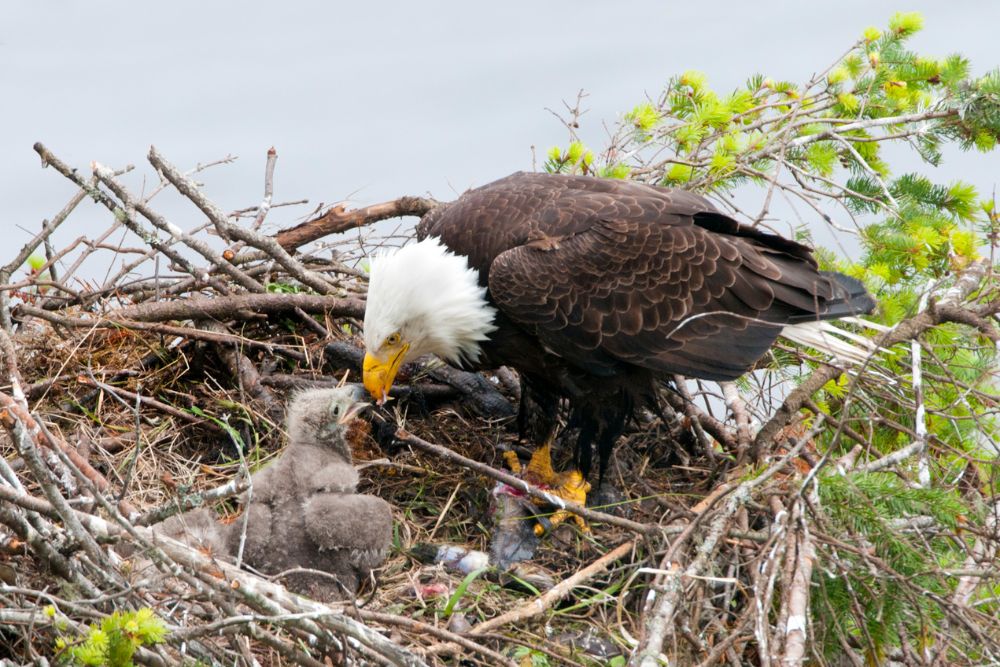
Do Different Eagle Species Recognize Their Offspring?
Now that you have made it this far, you might be wondering about different species of eagles. Of course, there are so many of them that all have remarkable characteristics.
To explain this information, we have created a simple and short table to help you understand whether eagles recognize their babies.
| Eagle Species | Recognize Their Offspring |
|---|---|
| Bald Eagle | Yes |
| Golden Eagle | Yes |
| Harpy Eagle | Yes |
| Philippine Eagle | Yes |
| African Fish Eagle | Yes |
| White-tailed Eagle | Yes |
| Steller’s Sea Eagle | Yes |
| Steppe Eagle | Yes |
| Martial Eagle | Yes |
| Booted Eagle | Yes |

